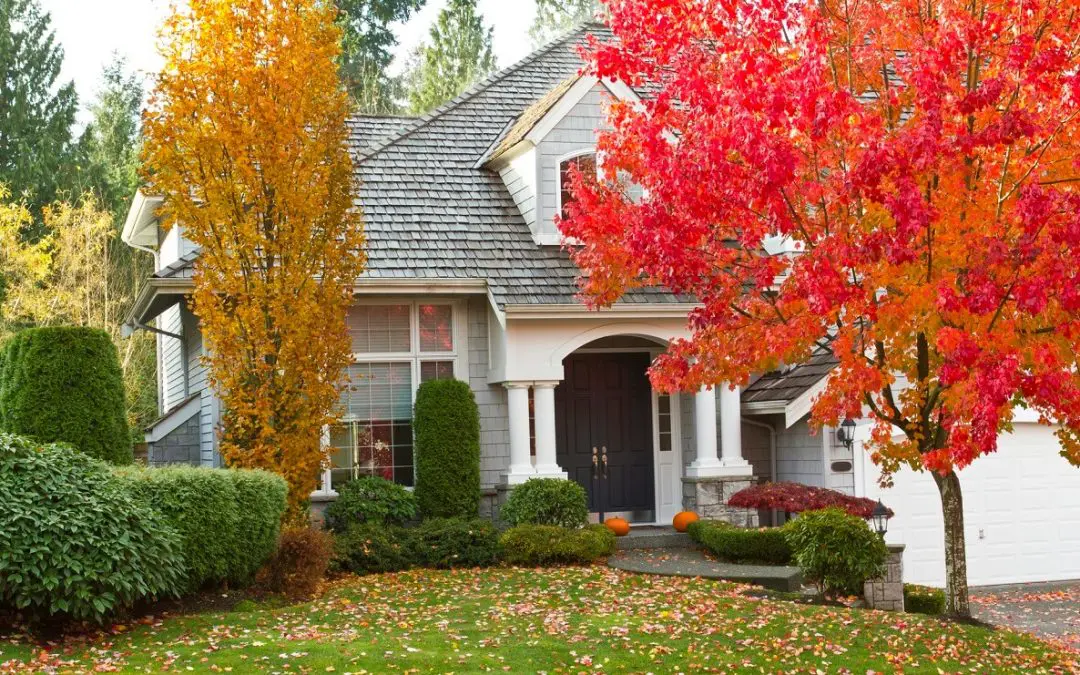As summer fades and the crisp air of fall settles in, it’s the perfect time to focus on your landscape. Fall offers an ideal opportunity to prepare your garden for winter while also setting the stage for a beautiful spring bloom. Whether you’re a seasoned gardener or a beginner, these easy landscaping tips will help you make the most of the season.
Easy Landscaping Tips for Fall: Prepare Your Soil for Winter
The first step in fall landscaping is to prepare your soil for the colder months. Start by removing dead plants, weeds, and debris accumulated over the summer. This will help prevent pests and diseases from taking hold during the winter.
Next, consider adding organic matter to your soil. Compost, leaf mulch, or well-rotted manure can enrich the soil with nutrients and improve its structure. This will benefit your garden in the spring and help the soil retain moisture during the winter months.
Plant Fall Perennials and Shrubs
Fall is an excellent time to plant perennials and shrubs. The cooler temperatures and increased rainfall create favorable conditions for new plants to establish their roots. Add fall-blooming perennials like asters, chrysanthemums, and sedums to your garden. These plants will add color and interest to your landscape as other summer flowers begin to fade.
Shrubs like hydrangeas, boxwoods, or hollies can also be planted in the fall. They provide structure to your garden and can offer year-round interest. When planting, water them thoroughly and apply a layer of mulch around the base to help retain moisture and protect the roots from frost.
Rake Leaves and Use Them Wisely
As leaves begin to fall, keep your lawn and garden beds free from excessive leaf buildup. While a small layer of leaves can benefit the soil, too many leaves smother your grass and other plants, leading to mold and disease.
Instead of bagging and disposing of the leaves, consider using them as mulch or adding them to your compost pile. Shredded leaves make excellent mulch, helping to insulate plants and improve soil quality. If you don’t have a shredder, running over the leaves with a lawnmower can break them down into smaller pieces that are easier to use.
Prune Trees and Shrubs
Pruning is a key task for fall landscaping. Trimming back dead or diseased branches can help improve the health and appearance of your trees and shrubs. It also reduces the risk of broken branches during winter storms.
When pruning, focus on removing any branches that cross or rub against each other, as well as any that are growing inward or at odd angles. Be careful not to prune too aggressively, as some plants, like spring-blooming shrubs, form their buds during the fall. Over-pruning these plants can reduce their blooms in the spring.
Add Fall Decorations
Fall is the perfect season to add some festive decorations to your landscape. Pumpkins, gourds, and cornstalks can create a warm and welcoming atmosphere in your garden. You can also plant ornamental grasses, which add texture and movement to your landscape, especially as they catch the autumn breeze.
Consider creating a fall-themed garden bed near your front entrance or along a pathway. Planting chrysanthemums or pansies in rich autumn colors can enhance your curb appeal and make your home feel cozy and inviting.
Easy Landscaping Tips: Clean and Store Garden Tools When You’re Finished
Before winter sets in, take the time to clean and store your garden tools properly. Start by removing any dirt or debris from your tools, then sharpen and oil any metal parts to prevent rust. Store your tools in a dry, protected area like a shed or garage to ensure they stay in good condition for the next gardening season.
Don’t forget to drain and store your garden hoses to prevent them from freezing and cracking. You can also bring in any delicate garden ornaments or furniture that may not withstand the harsh winter weather.
Fall is a wonderful time to give your landscape the attention it needs. Embrace the season and enjoy the beauty that fall brings to your outdoor spaces.
Easy Landscaping FAQs
Can I plant trees in the fall?
Yes, fall is an excellent time to plant trees. The cooler temperatures reduce the stress on new plantings, and the soil is still warm enough to encourage root growth. Planting in the fall gives trees a head start before the winter dormancy, helping them establish stronger roots by the time spring arrives. Just be sure to water them well and apply mulch to protect the roots from frost.
What should I do with my summer annuals?
As fall approaches, your summer annuals will likely begin to fade. You can remove these plants to make room for fall-blooming flowers or cool-season annuals like pansies, violas, or ornamental kale. If you have annuals that are still thriving, consider trimming them back slightly to encourage continued blooming through the early fall.
How can I protect my plants from frost?
To protect your plants from frost, consider covering them with frost blankets or cloths when temperatures are expected to drop. Mulching around the base of plants is another effective way to insulate the roots and retain moisture. For container plants, move them to a sheltered area, like a garage or porch, during cold snaps.
Should I fertilize my lawn in the fall?
Yes, fall is a crucial time for fertilizing your lawn. Applying a slow-release fertilizer in early fall helps your grass recover from the summer heat and prepares it for the winter months. The nutrients provided by the fertilizer will strengthen the root system, leading to a healthier and more vibrant lawn in the spring.
Aztec Home Inspections offers inspections in Waynesboro, Harrisonburg, and surrounding areas in Virginia. If you’re buying or selling a home, contact us to schedule our services.

